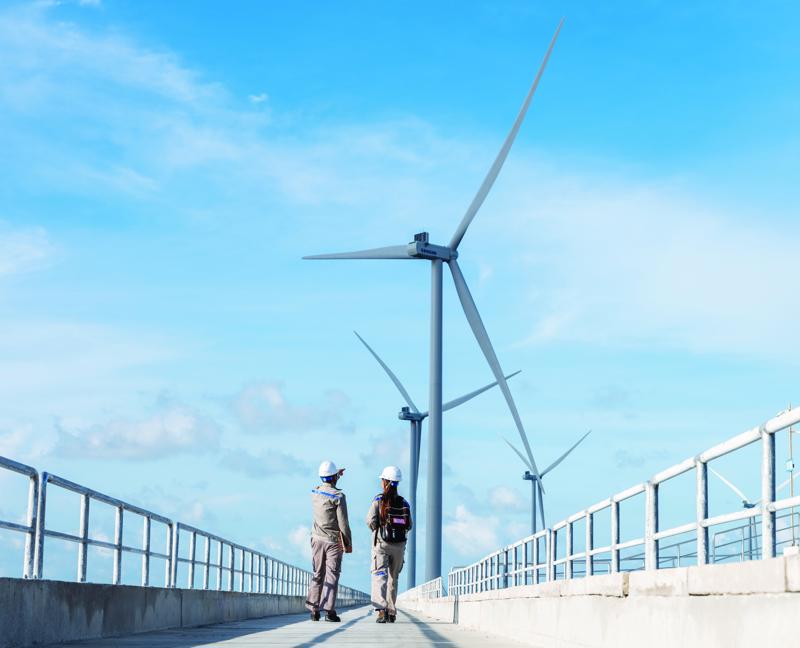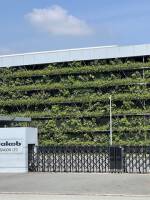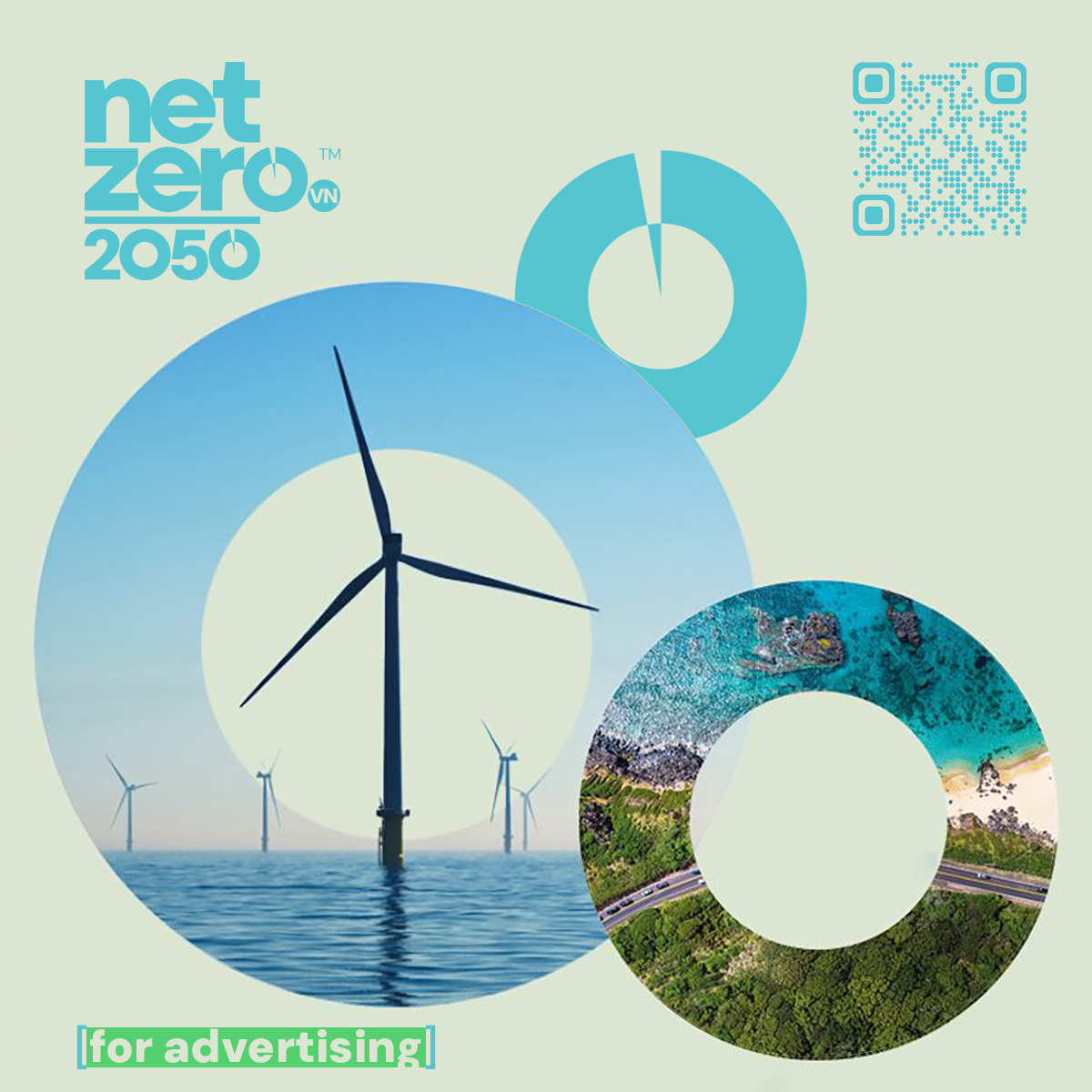
How would you assess the level of interest and investment from European businesses in Vietnam’s renewable energy sector?
Renewable energy is still a very good option in Vietnam. There is a lot of potential here. However, the level of interest from European companies is starting to dwindle due to a lack of progress and a degree of uncertainty when compared to other markets.
Many, however, are still here because they are interested and see the potential and demand. But they need stability, they need more certainty, and there is a requirement for the government to try to provide this.
The Vietnamese Government’s efforts to support renewable energy, through feed-in tariffs (FiTs), tax incentives, and other fiscal policies, provided an initial boost to incentivize certain renewable energy technologies. Such mechanisms have already encouraged investment in the market, especially in solar and wind energy. However, the incentive structure has now been withdrawn and diluted and does not support new technologies where there is still a high degree of uncertainty.
To maintain consistent domestic and international investment in the renewable energy sector, there needs to be stronger policy consistency and clearer long-term plans with appropriate levels of support to allow new technologies to develop and stabilize, so investors can be confident in large-scale multi-billion-dollar investments.
In other sectors such as industry and manufacturing, investors have good clarity on regulations and know how much profit their investments will bring, while investors in the energy sector do not. Vietnam needs to bring certainty to the domestic energy market, and convince FDI enterprises that this is a safe, transparent, and tightly controlled investment environment. This message needs to be communicated consistently from the highest levels of government, with decisions made in a timely manner. Ongoing support from senior levels of government is also critical to reassure investors, reduce risk, and ultimately build long-term confidence in the sector.
Fundamental to continued investment and interest for European companies is offtake certainty. Can projects remain financially viable, and will the green energy generated be absorbed into the grid consistently? Will commercial and legal terms support and protect the investor? Power purchase agreement (PPA) functionality is also still a major concern that needs to be addressed. Additionally, for the planned large increase in energy generation from all sources, the maturity and functionality of the grid and the ability to effectively evacuate power from the area where it is generated to support both local and national demand are key.
There has been recent consideration given to adding 142 solar power projects that previously faced legal issues into the National Power Development Plan VIII (PDP8), with the amended plan set for approval in mid-May. How has this move met investor expectations?
The focus on seeking to support the delivery of these projects, and others, has gone some way to providing additional reassurance to European investors and developers, where there has been a great deal of uncertainty in the market in the past. A lot of money has already been invested by the developers of these projects, based on previous regulatory processes and policy pathways, but as these have stopped or been altered so has the deployment of such projects. It’s good to see they are moving forward now and also reassuring to see that there is now a way for them to actually get guaranteed prices from the market and get guaranteed ways of generating the energy pumping into the power grid.
However, the overall capacity of these 142 solar projects is relatively modest and will need to be complemented by other renewable energy sources, and other forms of energy more broadly, to meet Vietnam’s growing power demand. These projects will also need to be supported by grid availability and offtake certainty, to ensure a positive business case can be established where there is little or no risk of curtailment, uncompensated termination, abrupt changes in legal policy that may reduce tariffs, or vulnerability to currency indexation.
Solar projects alone are not sufficient to deliver Vietnam’s green energy and net-zero goals, and wind, hydro, storage, hydrogen, and others will all need to be balanced and integrated, where all aspects will play a role.
A well-supported and efficient grid infrastructure is key to unlocking this renewable energy potential, which will include the need to reinforce the 500kV backbone running from North to South in Vietnam (potentially through high-voltage direct current (HVDC) technology), to ensure that energy generated locally can be utilized nationally and satisfy the demand in other areas. Delivering a more effective and smarter grid is a way to unlock the energy industry in Vietnam and expand the capability to export surpluses and trade with neighboring markets.
Vietnam aims to reach double-digit GDP growth in the next couple of years. This means that for every 1 per cent of GDP growth, the country will need about 1.5-times that in supporting additional energy generation and adequate transmission, and any energy invested has to keep up with future demand.

The revised PDP8, approved in April, has increased total capacity targets for renewable energies. What are the advantages for Vietnam in reaching the goals in the revised PDP8?
Vietnam has several strategic advantages that make it well-positioned for achieving the renewable energy targets in the revised PDP8. However, this will require driven dedication, timely decision-making, investment, and a more stable and transparent policy landscape.
Vietnam is located in the Southeast Asian tropical monsoon region, with diverse energy resources of all types, including renewable energy.
Its strong GDP growth and continually-growing population result in increased energy demand that will need to be met by additional energy generation through base-load sources, such as fossil fuels and nuclear, and also temporal sources, like hydro and renewable energy. Balancing the energy generation of these sources and reducing fossil fuel generation can work to achieve Vietnam’s net-zero targets and also deliver supply for its population and the various manufacturing and logistical sectors. The environment is good for renewables, and the appetite and demand are high. Such an opportunity needs to be supported to ensure the stated targets can be delivered.
The revised PDP8 offers opportunities and actively encourages and targets the expansion of renewable energy, particularly with regard to solar, wind, ammonia / green hydrogen, and storage. Existing renewable energy technologies, such as onshore wind and solar, can be seen to have gathered increased momentum for larger-scale deployment, particularly on the solar side, where there is a large focus on roof-top solar (RTS). Recent tariff adjustments for renewable energy generation, and increased energy costs (Vietnam Electricity (EVN) increased costs by 4.8 per cent on average in May), create a more attractive environment for investment. This also allows many renewable energy projects remaining from PDP7 and unable to be delivered under this plan and from PDP8 (in April 2023) to now find a clearer route to market and governance process for how projects will be developed, selected, and awarded.
From a policy perspective, I believe there are positive signs for European renewable energy developers and suppliers. The amended Law on Electricity was passed in November 2024 and took effect in February, with all guiding decrees being drafted and implemented.
The government has also issued Decree No. 65/2025/ND-CP, amending Decree No. 11/2021/ND-CP, effective from May 2, 2025, regulating the assignment of certain sea areas to organizations and individuals for the exploitation and use of marine resources. This will allow developers to apply for seabed allocation for offshore surveys. With these new developments, if Vietnam allows seabed surveys to commence and other activities related to offshore wind in 2025 to proceed, it will provide clarity on a route to market for project awards and offtake. The country still has full potential to become a renewable energy hub and meet its COP26 commitments on net-zero emissions by 2050.
Vietnam also benefits from strong integration into regional and global supply chains as part of the broader East Asian manufacturing ecosystem, which includes China, South Korea, and Taiwan – home to many of the world’s leading producers of solar PV modules and wind turbine components. Domestically, Vietnam is also strengthening its support industries, such as steel fabrication, electrical equipment, and logistics, to meet growing clean energy demand.
Subsidiaries of PetroVietnam, including PTSC and PTSC M&C, have emerged as competitive players in the regional nearshore and offshore wind supply chain and are exporting multi-million-dollar renewable energy assets to Taiwan, South Korea, Europe, and even the US.
What recommendations would you make for Vietnam to ensure that supply and demand is balanced and that it rapidly increases its power supply while attracting investment during the upcoming new phase of economic development?
Some of the regulations on renewable energy deployment, particularly those that require clarity and decisions from a central government level, are still a bit unclear, making it difficult for developers and investors to fully see the route to market to develop major projects. There needs to be a clear roadmap for how renewable energy projects will actually be delivered.
The revised PDP8 supports this to some extent, but we still need to see how it will be implemented. It’s one thing to create a table of targets, but what matters is the actual execution and clarity around which parties are responsible for delivering what. This shouldn’t fall solely on developers. We also need transparency on how projects will be integrated with tariffs and costs.
At the core of all this is the power grid, which must be ready to handle the increasing demand and generation. Right now, Vietnam’s grid cannot cope with the volume of renewable energy forecast under the revised PDP8. That’s why the grid needs to be a primary focus at this stage.
For example, there have been issues in the past where Vietnam has not been able to transmit energy from the South to the North because the current transmission system cannot handle high capacities effectively. Investment is needed here, not just in transmission but also in storage, smart and efficient energy management and transmission, and balanced base load generation. Base load power, whether from oil and gas, nuclear, or LNG, provides a consistent supply that can supplement renewable energy when this is less available. Meanwhile, storage solutions like pumped hydro or batteries can support renewable energy by smoothing out its variability. Likewise, the integration of a smart grid and effective energy trading with neighboring countries can create a more resilient and supportive superstructure.
Vietnam is on a major growth trajectory. More industries are coming, particularly higher-end industries that have a much larger energy demand, such as data centers and chip manufacturing, etc., and those that have a strong green commitment and requirement to source guaranteed green energy, and with these, energy demand will continue to rise. That’s why it is crucial to invest in the grid, to ensure infrastructure is in place to transmit energy efficiently from south to north, and to do so in an energy-efficient manner. A smart grid is not just necessary, it’s essential.
Vietnam also needs to think more strategically about storage, base load, and even energy exports. There is real potential to export electricity to neighbors like China, Cambodia, and Laos. Vietnam is participating in regional trade, but mostly as a buyer. As it builds out renewable infrastructure, now is the time to also support the selling side and become a regional energy leader.
The government and relevant ministries have made significant efforts to remove obstacles and support the implementation of high-quality, efficient projects. This is encouraging, but much remains to be done to allow widespread green energy deployment and provide sound levels of certainty for foreign investment.
Ngoc Lan




